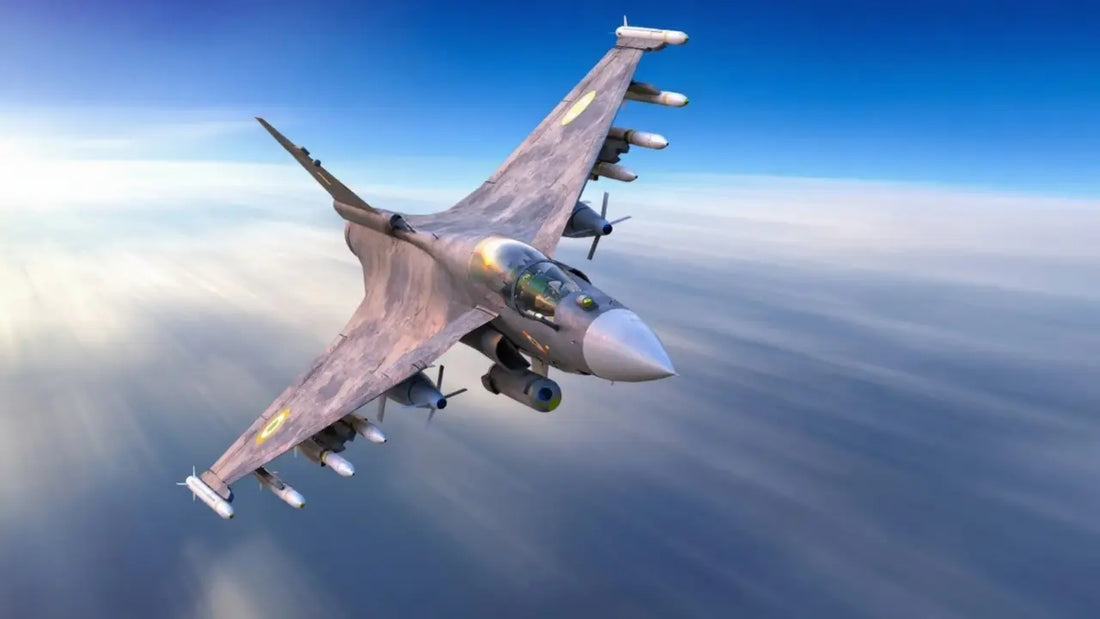Tejas MK-2 Fighter Jet: Six Indigenous Technologies Leading India's Aerospace Innovation

The TEJAS MK-2, a highly anticipated aircraft in India's aerospace sector, serves as a testament to the country's focus on indigenous technological advancements. Developed collaboratively by Hindustan Aeronautics Limited (HAL), the Defence Research and Development Organisation (DRDO), and the Aeronautical Development Agency (ADA), the TEJAS MK-2 is set to replace several ageing Indian Air Force fighters, including the Mirage 2000, Jaguar, and MiG-29.
The prototype of the TEJAS MK-2 is slated for rollout by the end of 2025, with full induction into the Indian Air Force expected by 2029. The aircraft is projected to contain over 90% indigenous components in its later production stages. A key feature of the TEJAS MK-2 is its incorporation of Indian-designed technologies, which aim to diminish reliance on foreign systems while boosting combat effectiveness and operational flexibility.
Outlined below are six critical technologies developed in India that are being integrated into the TEJAS MK-2:
| Technology | Description |
|---|---|
| Uttam AESA Radar | Created by DRDO's LRDE, this radar supports multi-target tracking, electronic warfare, and beyond visual range (BVR) engagement, marking significant progress in radar technology self-reliance. It is currently undergoing flight trials. |
| Indigenous Mission Computer | Developed jointly by HAL and DRDO, this computer features an open architecture that integrates navigation, weapon control, and sensor fusion, allowing for software upgrades without external support. |
| Electronic Warfare Suite | Engineered by DRDO's Defence Avionics Research Establishment, this suite provides radar warning, jamming capabilities, and countermeasure deployment to enhance survivability in hostile environments. |
| Fly-by-Wire Flight Control System | This Indian-developed system enhances combat maneuverability and safety through redundant controls, allowing for improved handling at high angles of attack. |
| Cockpit Display Systems | HAL and BEL have developed advanced cockpit displays that form a glass cockpit, improving pilot situational awareness and supporting helmet-mounted systems. |
| Indigenous Weapons Integration | The aircraft is configured to deploy Indian weapons such as Astra BVR missiles, SAAW, and laser-guided bombs, ensuring a completely indigenous offensive capability. |
Initially powered by a GE F414 engine, the TEJAS MK-2 is expected to transition to an Indian Kaveri variant in future models. This aircraft represents a significant step forward in India's pursuit of defense self-reliance, showcasing the nation's growing ability to independently design and produce state-of-the-art combat aircraft systems.



















